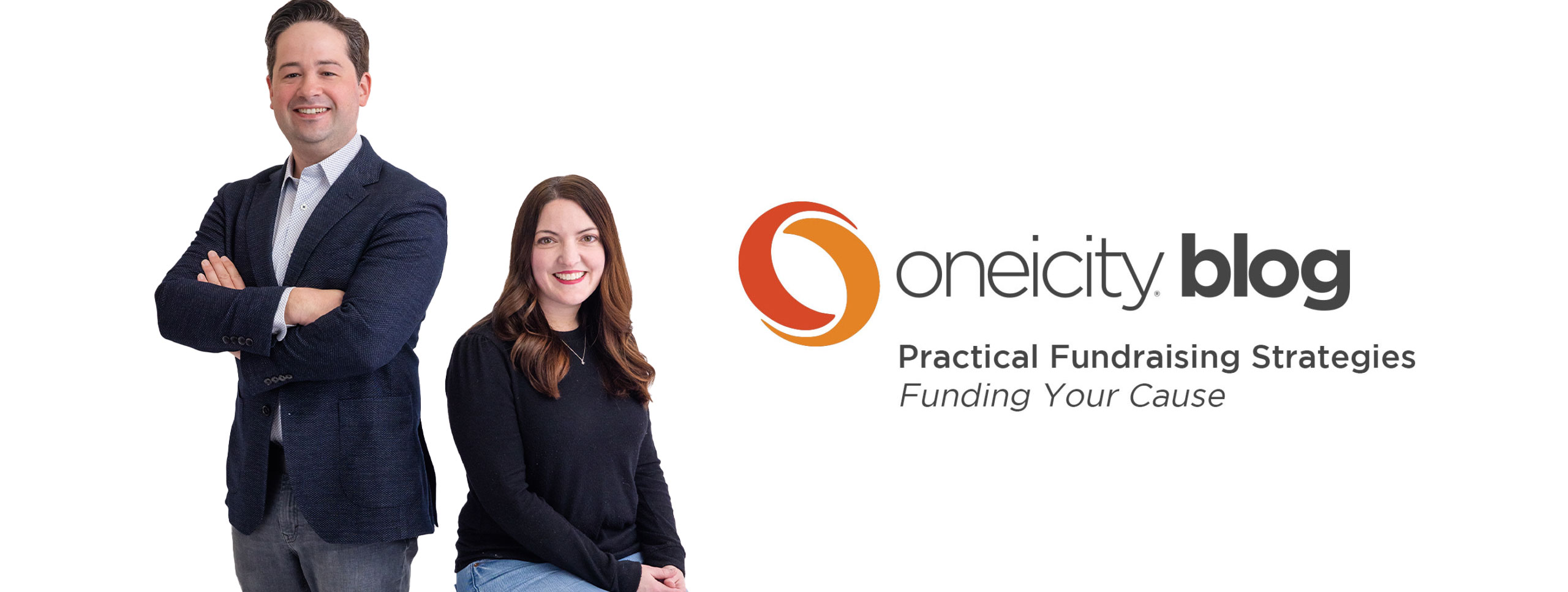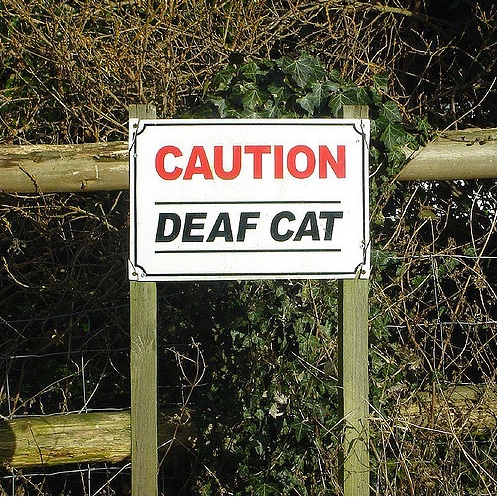What would you say if I told you I could double the traffic to your website? Would you say: “Wahoo! Let’s do it!”? or would your first question be: “How much does it cost?” Or: “What’s the catch?”
Those aren’t bad questions, in fact they’re logical, but not the best, first question you should ask.
I suspect that the question that came to mind for you was: “Who are these people you’re delivering? Are they my target donors or target audience?” If that’s what you thought, that just goes to how sharp you are. It’s a great question… but still not what I think should be your first question.
Ready?
The first question you should ask when someone says “I can double traffic to your website” is: “Why?”
“Why?”
“Yeah, ‘why?’!”
“Why?” (This could rapidly become a bad knockoff of an Abbot and Costello routine and a tricky punctuation test).
The “why question” is critical in all things strategic but I believe it is tragically absent in many of the discussions about online fundraising and marketing for nonprofits.
Let’s start with my starting question. Doubling your web traffic would always be good, right? You know that’s a trick question, so let’s talk about why it might not be good.
Why you wouldn’t want to double your web traffic:
1. Your website is out of date. Nothing good comes from showing twice as many people that you’re out of touch.
2. Your website doesn’t represent your work or ministry well. Now twice as many people know something about you that isn’t what you do any more.
3. Your donation pages are cranky and wonky and frustrating to use. Oh fun, now people who want to give you money have had a frustrating experience giving you money (or tried unsuccessfully).
You can add to the list. You get the idea. In all three situations, it would have been much better to fix those problems rather than double web traffic.
The “double your web traffic” idea is an illustration of how good organizations make bad strategic choices. By not asking “why,” we’ve seen nonprofits have great websites built and no way to manage them. We’ve seen beautiful annual reports and brochures produced with no clearly defined use (we’ve seen boxes of them sitting on shelves). We’ve seen donor development people hired because “we’ve always had a person in that slot.” We’ve seen bad fundraising strategies executed over and over and over with continually dismal results because no one was doggedly asking “why.”
The absence of the “why” happens even more often with social media. We continually see organizations jumping on the band wagon of social media…obviously they need a FB Fan page or they “have” to start Twittering or some other social media flavor of the month.
Much of the time skipping the “why question” comes down to a fear of being left behind or a fear of being perceived as out of touch. I understand both of those fears. I wouldn’t want you to either be left behind or out of touch. But mostly I wouldn’t want you to deploy a strategy without asking “why.”
The why-question is powerful and irritating. Powerful because it is a key component of clarifying and distilling a problem. Irritating because at first the people you’re asking “why” will want to move past what they consider obvious. But once you get to answering the “why” you’ll quickly discover where you should be putting your energy and your resources.
And of course, once you answer “why” you’ll be ready to deal with “how?” But that’s easy compared to “why?”
So what do you think? Do you find that organizations skip past the “why?” How do you stay focused on “why?”
As always, we love hearing what you’re thinking.
Also, it’s Good Job Monday, so we’re giving a shout-out to Jim Henderson and Off the Map. Jim and the Off the Map gang understand the need to know “why.” In fact, they’re some of the best strategic thinkers and thoughtful question-askers you’ll find anywhere. Their Mirrors to Maps conference coming this November is one of the most creative concepts we’ve ever seen–a mashup of inspiration and edgy teaching with a heaping side order of cool music. We’re proud to have worked with Jim and Off the Map on strategy, but that’s not why you need to check them out. Check them out because their work is unlike anything you’ve seen. See for yourself. Good job Jim!

Steve Thomas
Partner, Oneicity
(photo credit: Ian Wilson)

